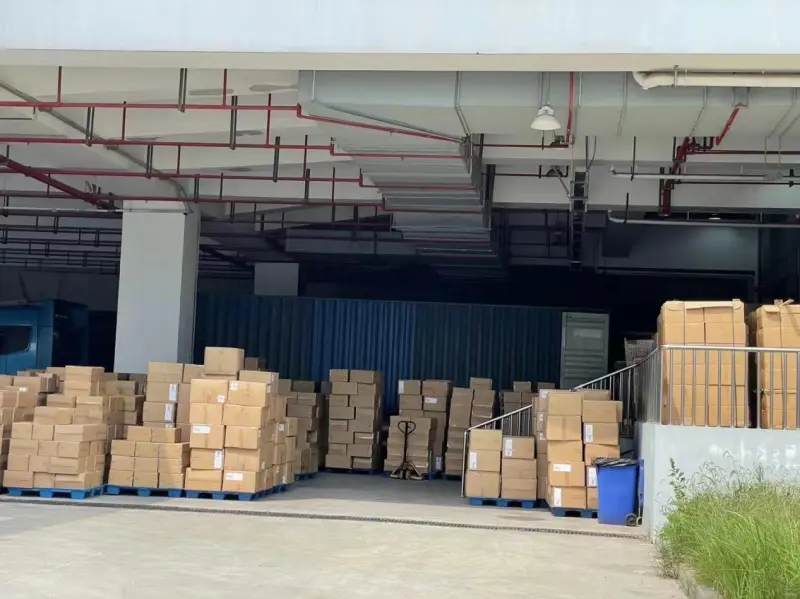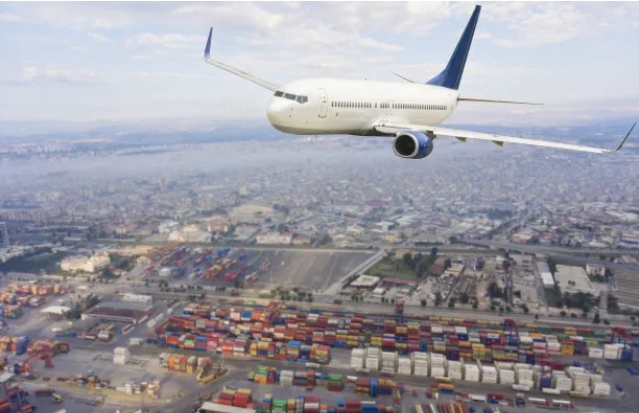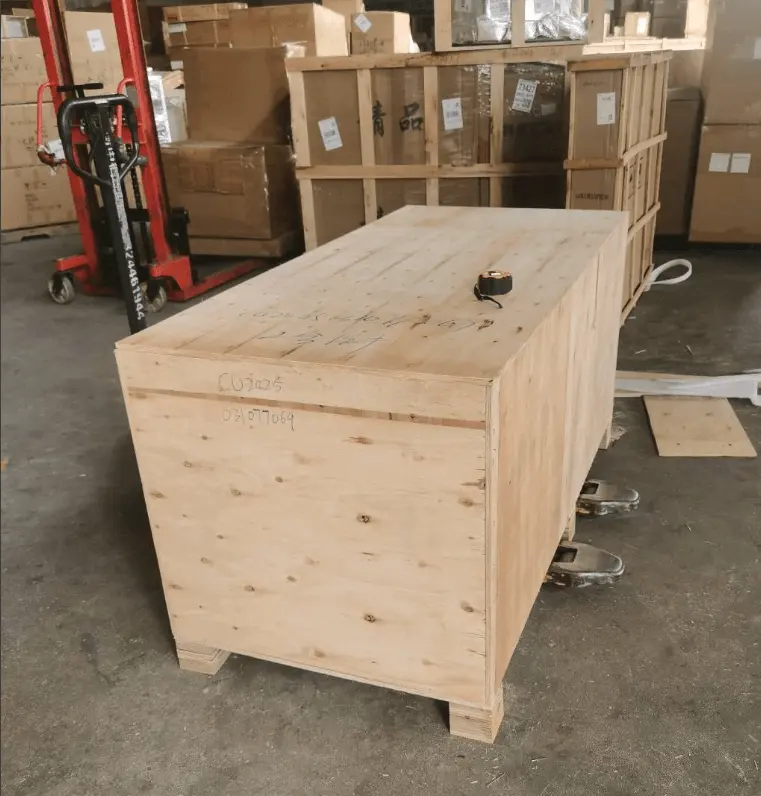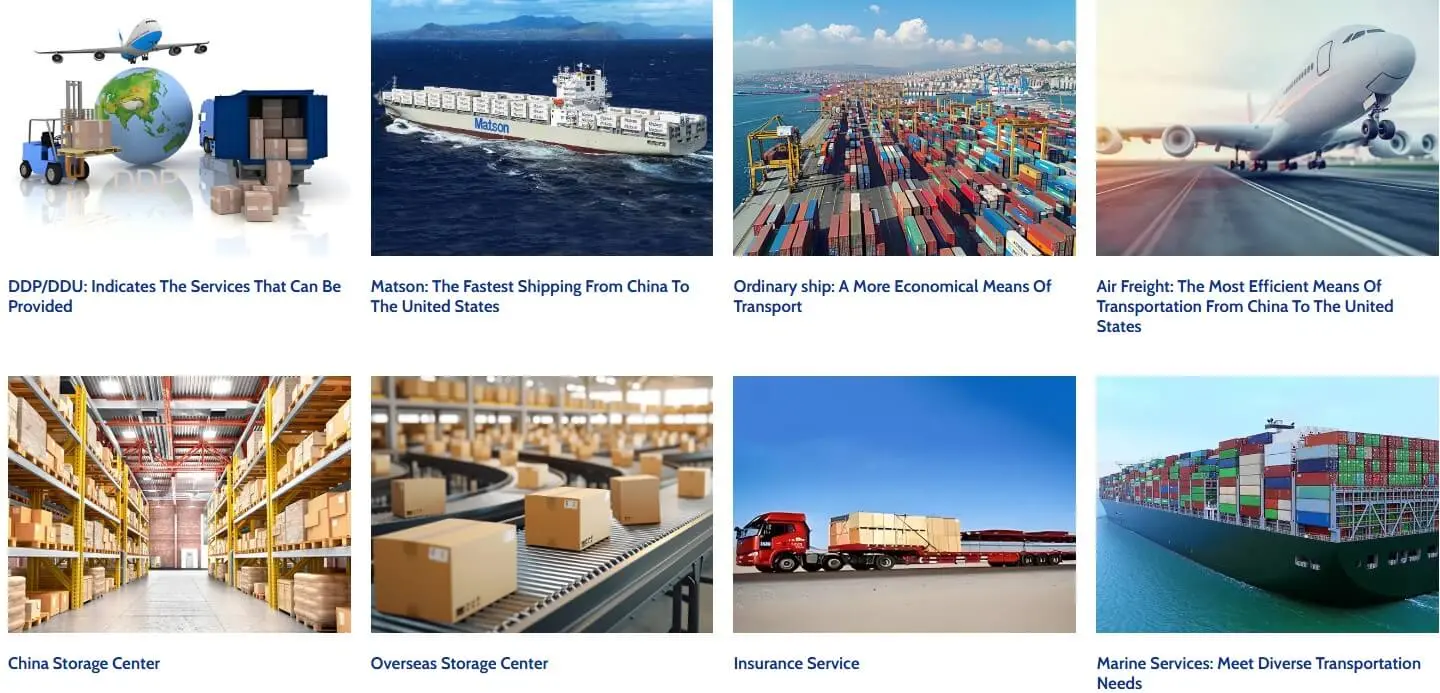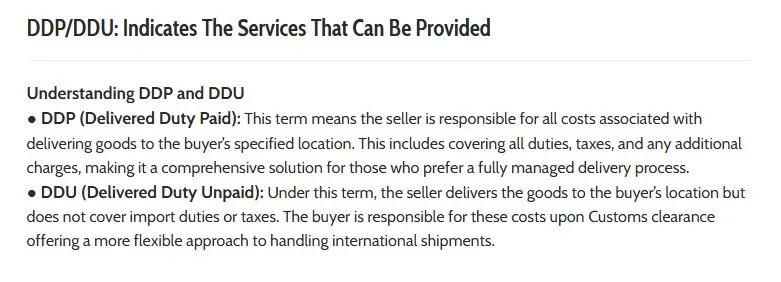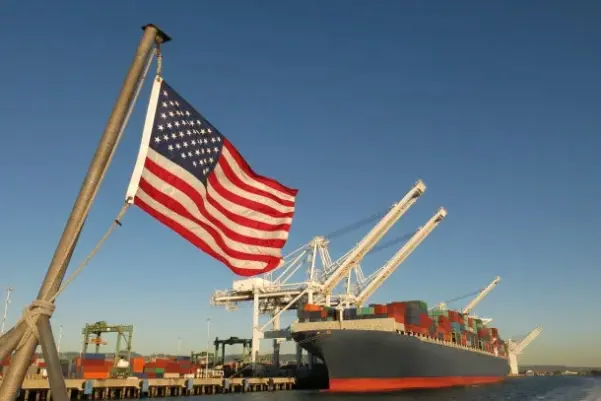Canadian labor dispute resolved during cargo shipping fee hike
Last week, Canada's labor minister successfully ended a major labor dispute that shut down the country's main container port. This settlement is critical because the labor dispute has affected operations on both the East and West coasts, causing supply chain delays and disruptions. The government's swift action is aimed at restoring normal operations at the port, which is vital to Canadian trade and commerce.
With the labor dispute resolved, the shipping industry faces another challenge: the soaring cost of transatlantic cargo shipping. Since mid-October, those prices have surged about 45 percent to $2.60 per kilogram. This increase represents a significant increase over the previous year and is the highest rate since early 2023. The twin effects of labor disruptions and rising freight rates have created a complex situation for companies that rely on shipping and logistics.
The spike in freight rates can be attributed to a variety of factors, including increased demand for goods, ongoing supply chain issues, and the ongoing impact of the pandemic. As airlines struggle to meet consumer demand, pressure on routes has increased, leading to higher costs. The settlement of a labor dispute at Canadian ports is expected to ease some of the pressure, but rising freight rates could continue to pose challenges for importers and exporters.
While the end of a Labour dispute at Canada's major container ports is a positive development for the cargo shipping industry, the rise in transatlantic freight rates at the same time highlights ongoing complexities in global trade. Stakeholders need to seriously address these challenges to ensure smooth operations and remain competitive in the market.
The unusual parity between trans-Pacific freight rates and the US East Coast amid fears of a strike in January may indicate that some demand is shifting to the west coast.










